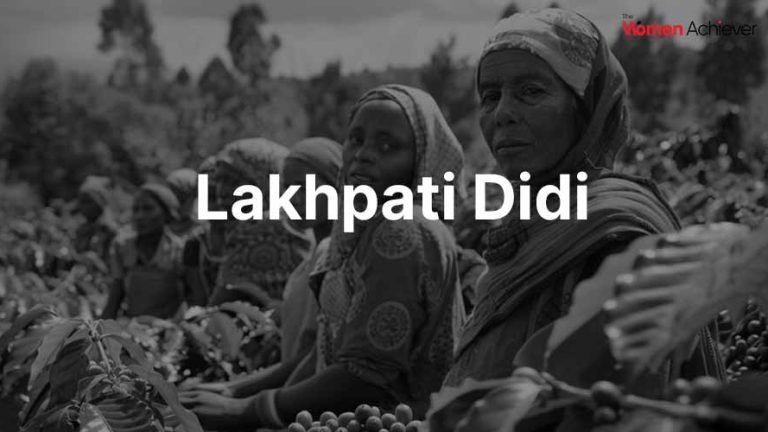Empowerment of rural women through Lakhpati Didi Projects
The ‘Lakhpati Didi’ initiative empowers women in the villages through the economic resources and skill building at SHGs. They would increase the economic independence with a minimum annual income of at least Rs 1 lakh that would help stop the vicious circle of poverty with the involvement of community development.
Overview of Lakhpati Didi Initiative
The Lakhpati Didi initiative targets empowering women belonging to the weaker sections of society to be economically independent with structured support and resources.
Implementation:
In this programme, the mode of implementing has been adopted as DAY-NRLM whereby women have been mobilized into SHGs for improving their income generation capacity.
Important Features
Financial Education:
The programme has financial education wherein women are able to understand banking services, savings, and credit facilities.
Income Generation:
This scheme gives incentive to women to aggressively initiate entrepreneurial activities so that the amount of Rs 1 lakh could generate an annual minimum amount that is at least reasonable and thus sustainable.
Support Mechanisms:
In this scheme, there are several forms of support mechanisms which include revolving funds, community investment funds, and bank linkages, by which financial growth is promoted.
Economic Empowerment:
The program has really lived up to the expectations of many women whose lives it has changed since they make a very significant contribution in their households and communities.
Success Stories:
Many of the beneficiaries have emerged successful entrepreneurs now showing what the women can do if properly resource and supported.
Empowerment and Community Development:
The women today, who also are economically empowered, find their ways in the general development of their communities through people living in self-reliance and empowerment cultures.
Challenges and Recommendations
Awareness and Involvement: There should be an increase in awareness of the program among the rural women for increased participation rates.
Socio-Cultural Factors: The success of the initiative would depend on addressing traditional gender roles and social expectations.
Easy and proper availability of credit coupled with lesser formality might increase the efficiency of the program.
Conclusion: Lakhpati Didi is indeed a giant step towards the emancipation of Indian rural women. It would not only allow for the empowerment of the individual woman but also enable the initiative while it would certainly mean efforts to be made at more socio-economic development in those rural communities. Thus, in the very long run, its success will rest much on how continued efforts in overcoming challenges perfect mechanisms to serve those women.






Add comment